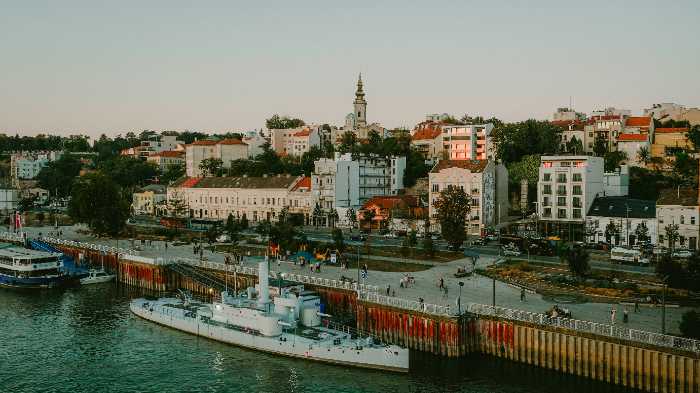
Belgrade
SerbiaBelgrade, the spirited capital of Serbia, stands at the strategic confluence of the Sava and Danube rivers, a location that has shaped its turbulent yet fascinating history for millennia. It wasn't always the undisputed heart of the region; for periods under various empires, other centers held sway, a testament to the Balkans' complex and ever-shifting power dynamics. Yet, Belgrade's pivotal position as a gateway between East and West ultimately cemented its role as the nation's enduring and resilient capital. Consider this: Belgrade is one of the oldest continuously inhabited cities in Europe, with archaeological evidence of settlements dating back to the Neolithic period. The Celtic tribe of Scordisci later founded Singidunum in the 3rd century BC, which the Romans then transformed into a significant military stronghold. This deep historical lineage lies beneath the modern city, a silent testament to countless generations who have called this strategic location home. Intriguingly, Belgrade has been razed to the ground and rebuilt over 40 times throughout its long and often violent history. This remarkable cycle of destruction and rebirth has earned it the poignant moniker of the "White Phoenix," symbolizing its enduring ability to rise from the ashes and reinvent itself. Each layer of its urban fabric bears the marks of different empires and conflicts, creating a unique and resilient cityscape. Another fascinating aspect of Belgrade lies in its surprising abundance of green spaces. Despite being a bustling capital, it boasts numerous parks, including the expansive Kalemegdan Fortress Park, offering breathtaking views of the river confluence and housing historical monuments, museums, and even a zoo. This dedication to green lungs within the urban environment provides a welcome respite and underscores the city's connection to its natural surroundings. Beyond its historical resilience and green spaces, Belgrade holds a unique claim as the location of one of the world's largest Orthodox Christian churches, the Church of Saint Sava. Its monumental scale and stunning Byzantine-inspired architecture dominate the city's skyline, a powerful symbol of SerbianOrthodoxy and a testament to the nation's deep religious traditions. Construction of this grand structure spanned much of the 20th century and continues in some aspects today, reflecting its significance to the Serbian people. Furthermore, Belgrade is home to Skadarlija, a bohemian quarter often compared to Montmartre in Paris. This charming cobblestone street, lined with traditional restaurants, cafes, and art galleries, was once a gathering place for artists, writers, and poets in the late 19th and early 20th centuries, retaining a vibrant and artistic atmosphere that attracts both locals and tourists seeking a taste of old Belgrade. Finally, for those with an appreciation for unusual landmarks, Belgrade features the "Genex Tower" or "Western City Gate," a striking Brutalist skyscraper with a rotating restaurant at its summit. While currently not operational, its distinctive and somewhat imposing design has become an iconic, albeit controversial, part of the city's modern skyline, a testament to a particular architectural era and a reminder of Belgrade's diverse urban landscape. To explore Belgrade is to encounter a city where ancient foundations lie beneath layers of turbulent history, a place that has repeatedly risen from destruction, embraces its green spaces, and proudly displays both its grand religious symbols and its bohemian artistic soul.
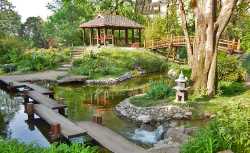 Botanical Garden Jevremovac
Botanical Garden
Botanical Garden Jevremovac
Botanical Garden
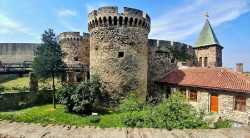 Belgrade Fortress
Castle
Belgrade Fortress
Castle
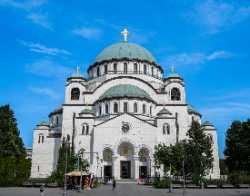 St. Sava Temple
Church
St. Sava Temple
Church
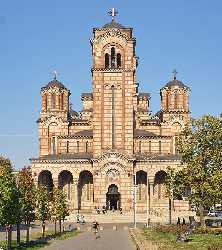 St. Mark’s Church Belgrade
Church
St. Mark’s Church Belgrade
Church
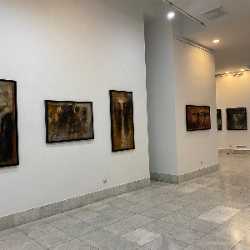 ULUS Gallery
Gallery
ULUS Gallery
Gallery
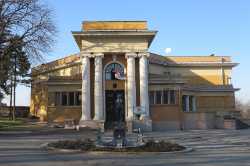 Cvijeta Zuzorić Art Pavilion
Gallery
Cvijeta Zuzorić Art Pavilion
Gallery
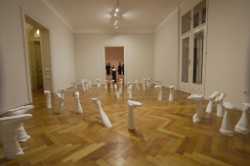 X Vitamin Gallery
Gallery
X Vitamin Gallery
Gallery
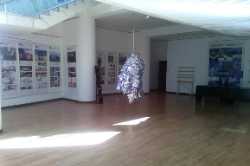 Progres Gallery
Gallery
Progres Gallery
Gallery
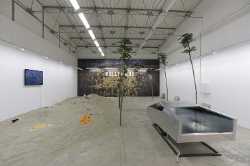 Eugster Belgrade Gallery
Gallery
Eugster Belgrade Gallery
Gallery
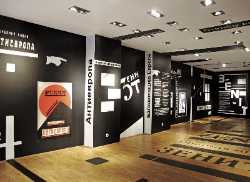 O3ONE Art Space
Gallery
O3ONE Art Space
Gallery
 Gallery SANU
Gallery
Gallery SANU
Gallery
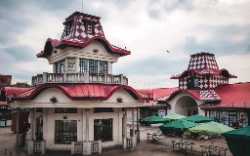 Zeleni Venac Market
Market
Zeleni Venac Market
Market
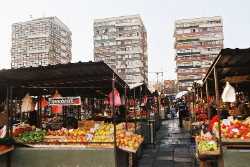 Kalenić Market
Market
Kalenić Market
Market
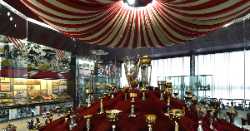 FK Crvena Zvezda Museum
Museum
FK Crvena Zvezda Museum
Museum
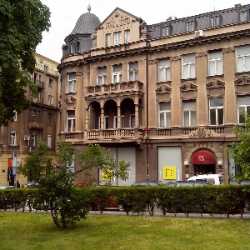 Museum of Applied Arts
Museum
Museum of Applied Arts
Museum
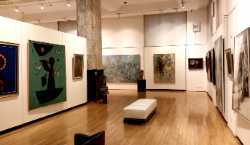 Zepter Museum
Museum
Zepter Museum
Museum
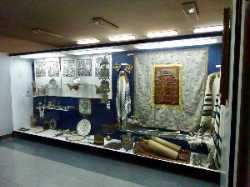 Jewish Historical Museum
Museum
Jewish Historical Museum
Museum
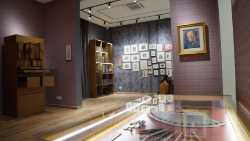 Museum of Nadežda and Rastko Petrović
Museum
Museum of Nadežda and Rastko Petrović
Museum
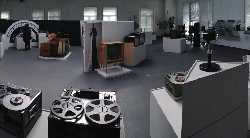 Museum of Science and Technology
Museum
Museum of Science and Technology
Museum
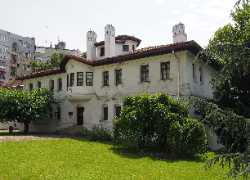 Konak Kneginje Ljubice
Museum
Konak Kneginje Ljubice
Museum
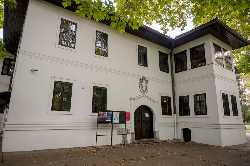 Konak Kneza Miloša
Museum
Konak Kneza Miloša
Museum
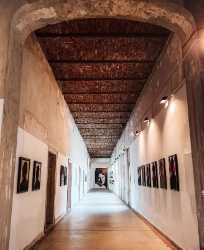 Museum of the City of Belgrade
Museum
Museum of the City of Belgrade
Museum
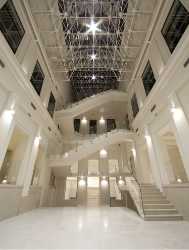 Yugoslav film archive
Museum
Yugoslav film archive
Museum
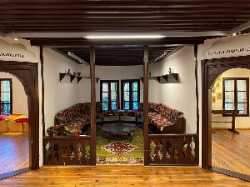 Vuk & Dositej Museum
Museum
Vuk & Dositej Museum
Museum
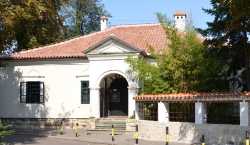 Museum of Theatrical Arts
Museum
Museum of Theatrical Arts
Museum
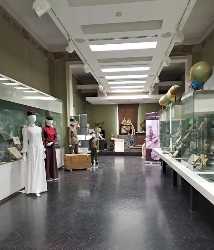 Museum of Pedagogy
Museum
Museum of Pedagogy
Museum
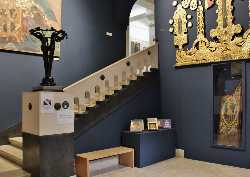 Museum of Serbian Orthodox Church
Museum
Museum of Serbian Orthodox Church
Museum
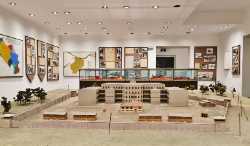 Museum of the Banjica Concentration Camp
Museum
Museum of the Banjica Concentration Camp
Museum
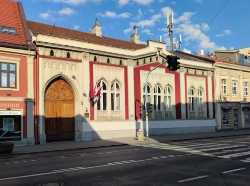 Zemun Homeland Museum
Museum
Zemun Homeland Museum
Museum
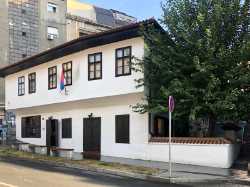 Manak’s House
Museum
Manak’s House
Museum
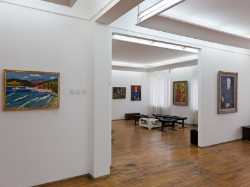 Gallery of Petar Dobrović
Museum
Gallery of Petar Dobrović
Museum
 Museum of Ivo Andrić
Museum
Museum of Ivo Andrić
Museum
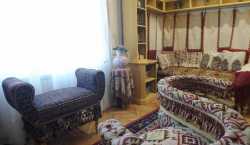 Museum of Jovan Cvijić
Museum
Museum of Jovan Cvijić
Museum
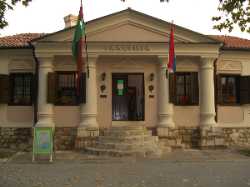 Museum of Natural History
Museum
Museum of Natural History
Museum
 National Museum of Serbia
Museum
National Museum of Serbia
Museum
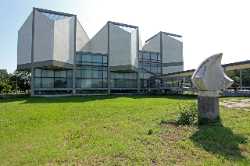 Museum of Contemporary Art in Belgrade
Museum
Museum of Contemporary Art in Belgrade
Museum
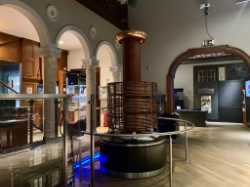 Nikola Tesla Museum
Museum
Nikola Tesla Museum
Museum
 Museum of Yugoslavia
Museum
Museum of Yugoslavia
Museum
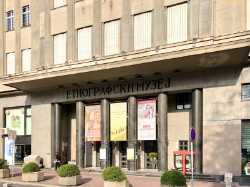 Ethnographic Museum
Museum
Ethnographic Museum
Museum
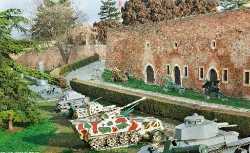 Military Museum
Museum
Military Museum
Museum
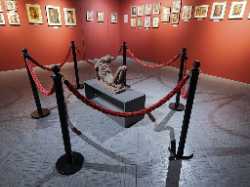 Historical Museum of Serbia
Museum
Historical Museum of Serbia
Museum
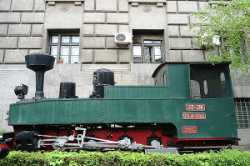 Railway Museum
Museum
Railway Museum
Museum
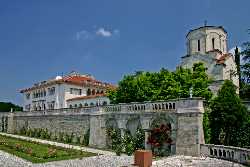 Royal Palace
Museum
Royal Palace
Museum
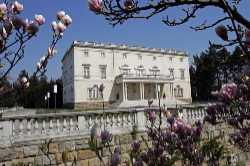 White Palace
Museum
White Palace
Museum
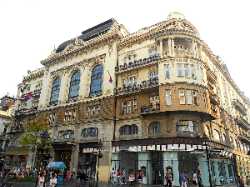 Gallery of the Serbian Academy of Sciences and Arts
Museum
Gallery of the Serbian Academy of Sciences and Arts
Museum
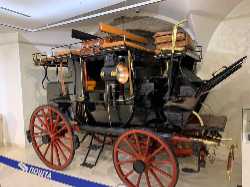 PTT Postal Museum
Museum
PTT Postal Museum
Museum
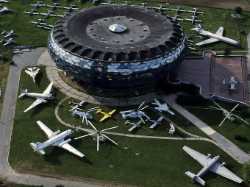 Museum of Aviation
Museum
Museum of Aviation
Museum
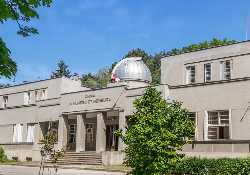 Belgrade Observatory
Observatory
Belgrade Observatory
Observatory
 Old Palace
Palace
Old Palace
Palace
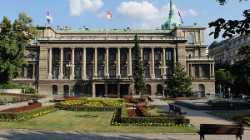 New Palace
Palace
New Palace
Palace
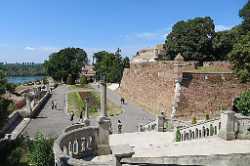 Kalemegdan Park
Park
Kalemegdan Park
Park
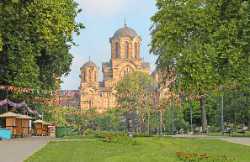 Tasmajdan Park
Park
Tasmajdan Park
Park
 Topčider Park
Park
Topčider Park
Park
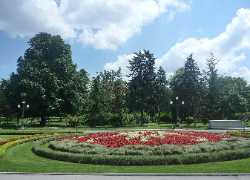 Pionirski Park
Park
Pionirski Park
Park
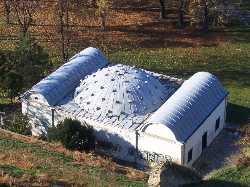 Belgrade Planetarium
Planetarium
Belgrade Planetarium
Planetarium
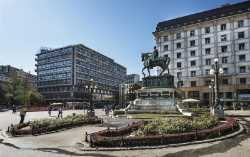 Trg Republike
Square
Trg Republike
Square
 Terazije Square
Square
Terazije Square
Square
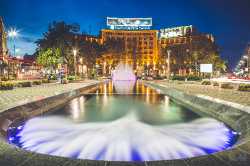 Nikola Pašić Square
Square
Nikola Pašić Square
Square
 Skadarlija Street
Street
Skadarlija Street
Street
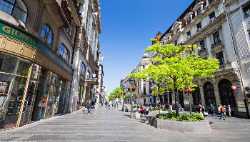 Knez Mihailova Street
Street
Knez Mihailova Street
Street
 Boško Buha Theatre
Theatre
Boško Buha Theatre
Theatre
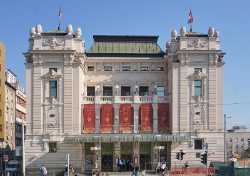 National Theatre in Belgrade
Theatre
National Theatre in Belgrade
Theatre
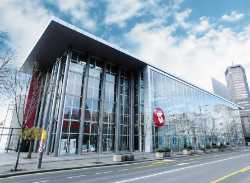 Yugoslav Drama Theatre
Theatre
Yugoslav Drama Theatre
Theatre
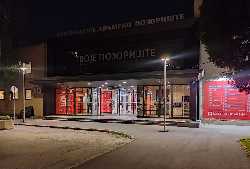 Belgrade Drama Theatre
Theatre
Belgrade Drama Theatre
Theatre
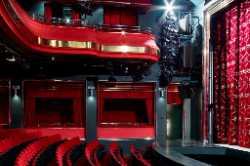 Terazije Theatre
Theatre
Terazije Theatre
Theatre
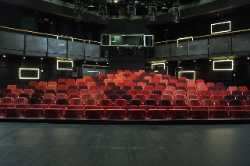 Duško Radović Little Theatre
Theatre
Duško Radović Little Theatre
Theatre
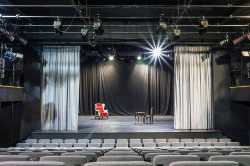 Zvezdara Theatre
Theatre
Zvezdara Theatre
Theatre
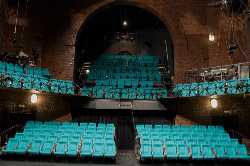 Bitef Theatre
Theatre
Bitef Theatre
Theatre
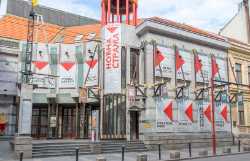 Atelje 212
Theatre
Atelje 212
Theatre
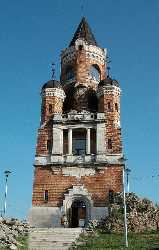 Gardos Tower
Tourist attractions
Gardos Tower
Tourist attractions
 Avala Tower
Tourist attractions
Avala Tower
Tourist attractions
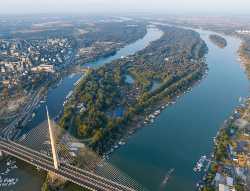 Ada Ciganlija
Tourist attractions
Ada Ciganlija
Tourist attractions